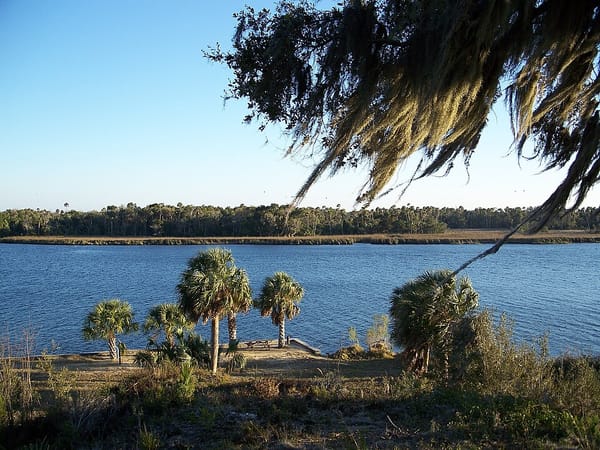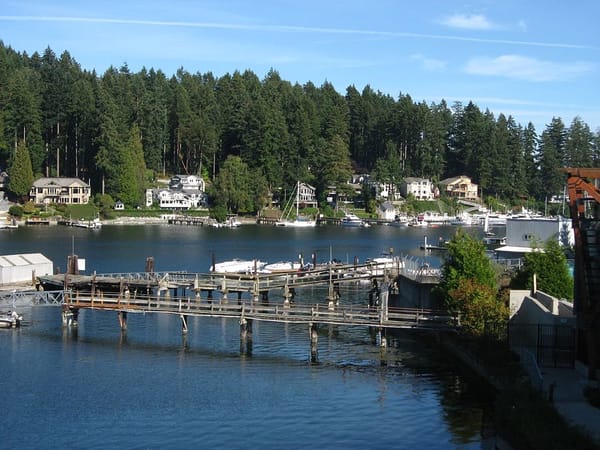Focus on the Float Plan: Why you Need it and What to Include on It
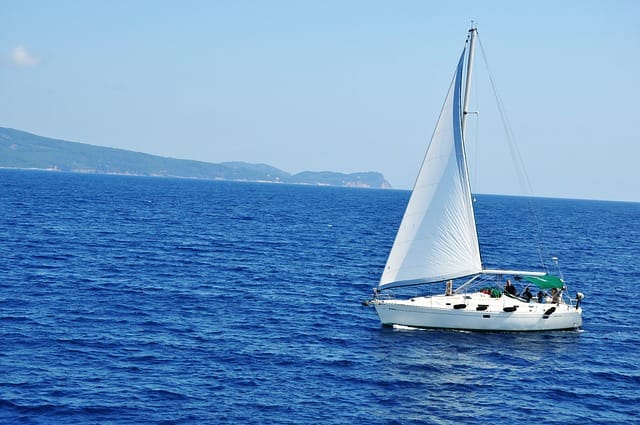
Today, we’re going to talk about float plans. No, we don’t mean your weekend goal of lounging on a plastic tube at the lake all day. We’re talking about keeping a detailed list (itinerary, if you will) of all the when, where, who and what aspects of your day out on the boat. Whether it’s a 10-foot kayak, a personal watercraft (PWC) or a 65-foot sportfish, any water-bound vessel (and the people on board) can benefit from having a float plan. Let’s discuss.
What is a float plan?
A float plan, which could also be called a boater’s safety plan, is an overview and detailed list of where you’re going, when you’ll be there, stops along the way and when you’ll be back. It’s all the information your friends or family members can use to get assistance in case you don’t reach your destination.
Why do you need a float plan?
From natural weather occurrences like hurricanes and tornadoes to mechanical problems and user errors such as running aground or going off course, there are a variety of reasons you might not show up where you’re planning to be at the time you planned to be there. There are lots of details to remember: dates and times, various marinas or private boat dock rentals, cities, etc.… etc.… All this needs to be accurately remembered in case the Coast Guard needs to be contacted. It’s much easier for your designated person if all that information is written down. While especially necessary for grand adventures like a Great Loop excursion or cruising to the Bahamas from Florida, float plans are a good idea whether it’s a day trip or a multi-week trip.
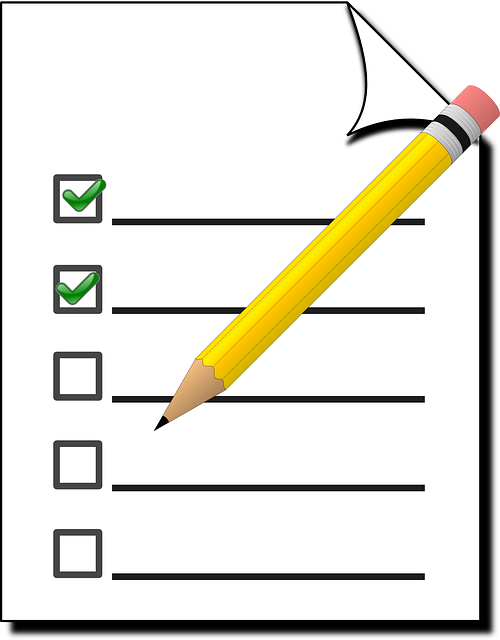
Photo: Pixabay
What do you include on a float plan?
The most important information to include on a float plan includes vessel details, passenger information and the route and timing details. Anything else you add serves as extra help in case of problems. Remember that this is the information that will be used by rescue personnel to find you in the event of an emergency.
Information to Include on Your Float Plan
- Vessel description (make, model, color, length and registration number)
- License plate number of the tow vehicle and trailer if using one
- Name and location of the marina or boat dock rental you left from
- Number of passengers and their names, ages and addresses
- Contact name and number for yourself and somebody on land
- Detailed itinerary of where you’re going and stops being made (include marina names, private boat slip rental addresses, departure times and expected return times and location and dates of stopping places)
- Phone number for local authorities
- Phone number for the U.S. Coast Guard (this will be used by the person on land who has a copy of the float plan)
After creating your float plan, give a copy to a trusted person on land – such as a dependable friend, a marina dock master or even the owner of your boat dock for rent. This plan is not meant to be filed directly with the Coast Guard. It’s meant to be left with a person who then contacts the Coast Guard if needed. You should also keep a copy of the float plan with your boating registration and information.
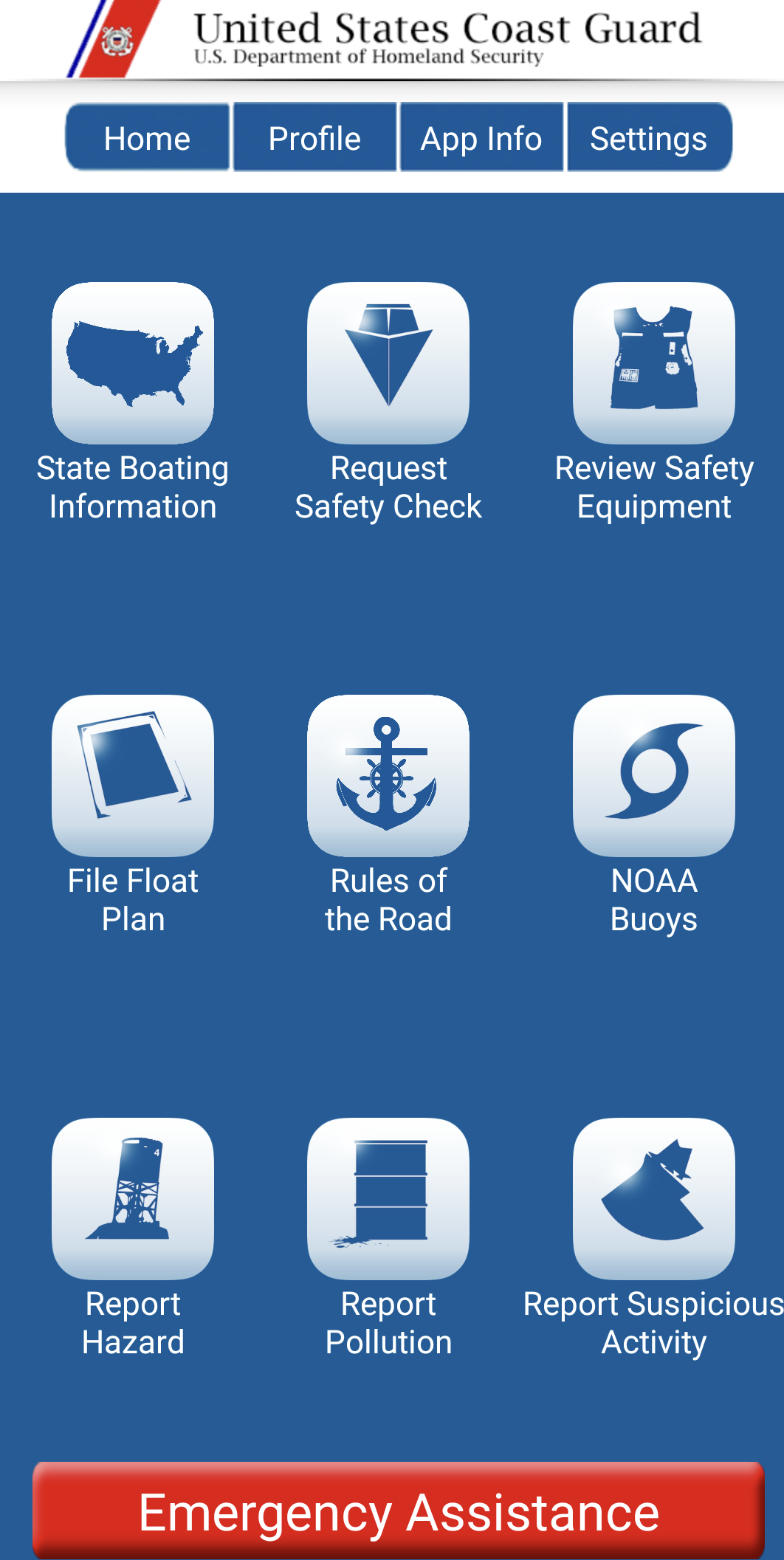
U.S. Coast Guard app (screenshot)
A PDF fillable form from the U.S. Coast Guard. You can save the form on your computer and change or update whenever you need to. The form can then be shared with family members and friends. The U.S. Coast Guard app also has a section where you can create a float plan. Just fill out the form with your information. There's even an option to include a photo. The app is available for Apple and Android devices.
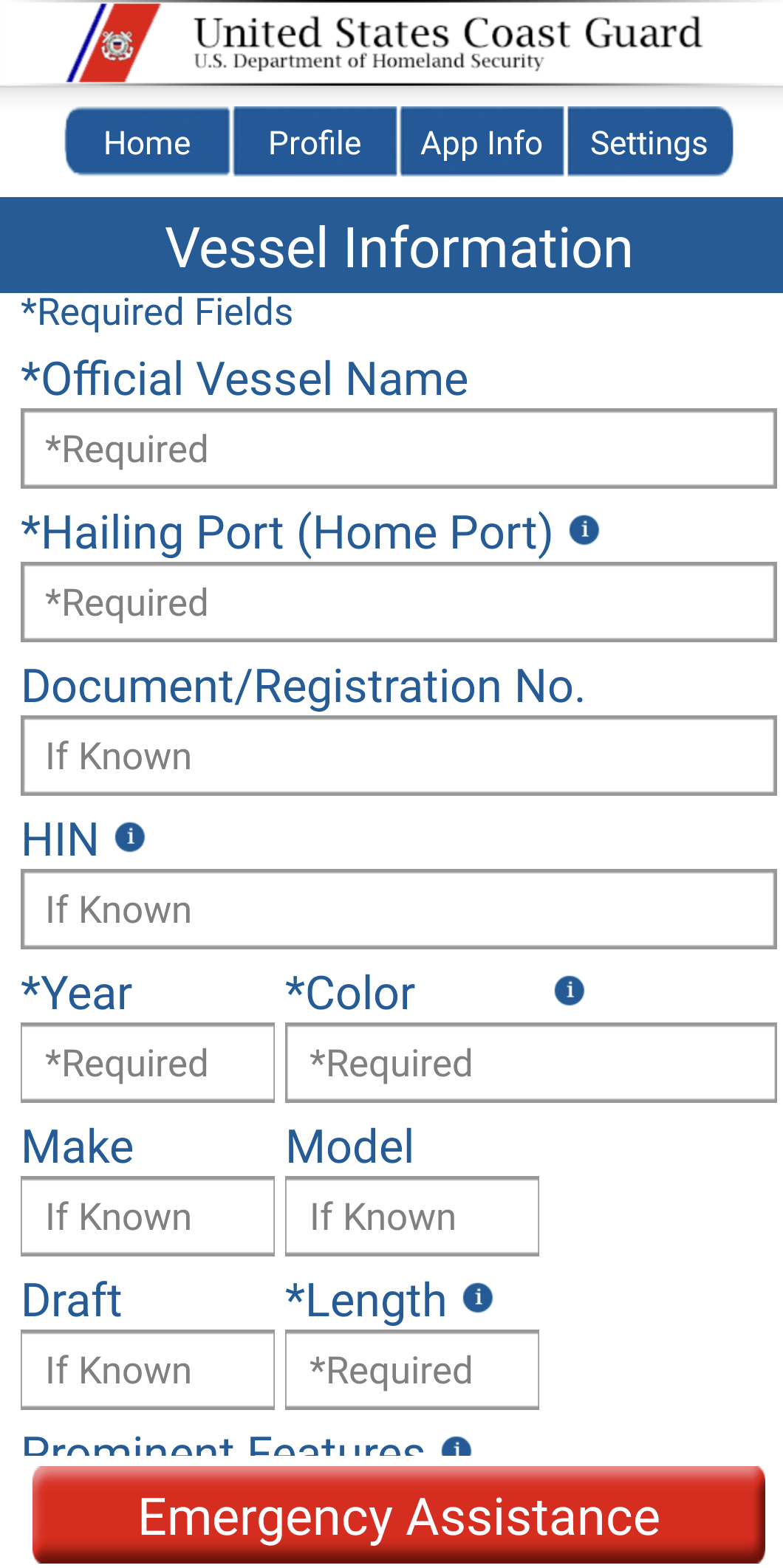
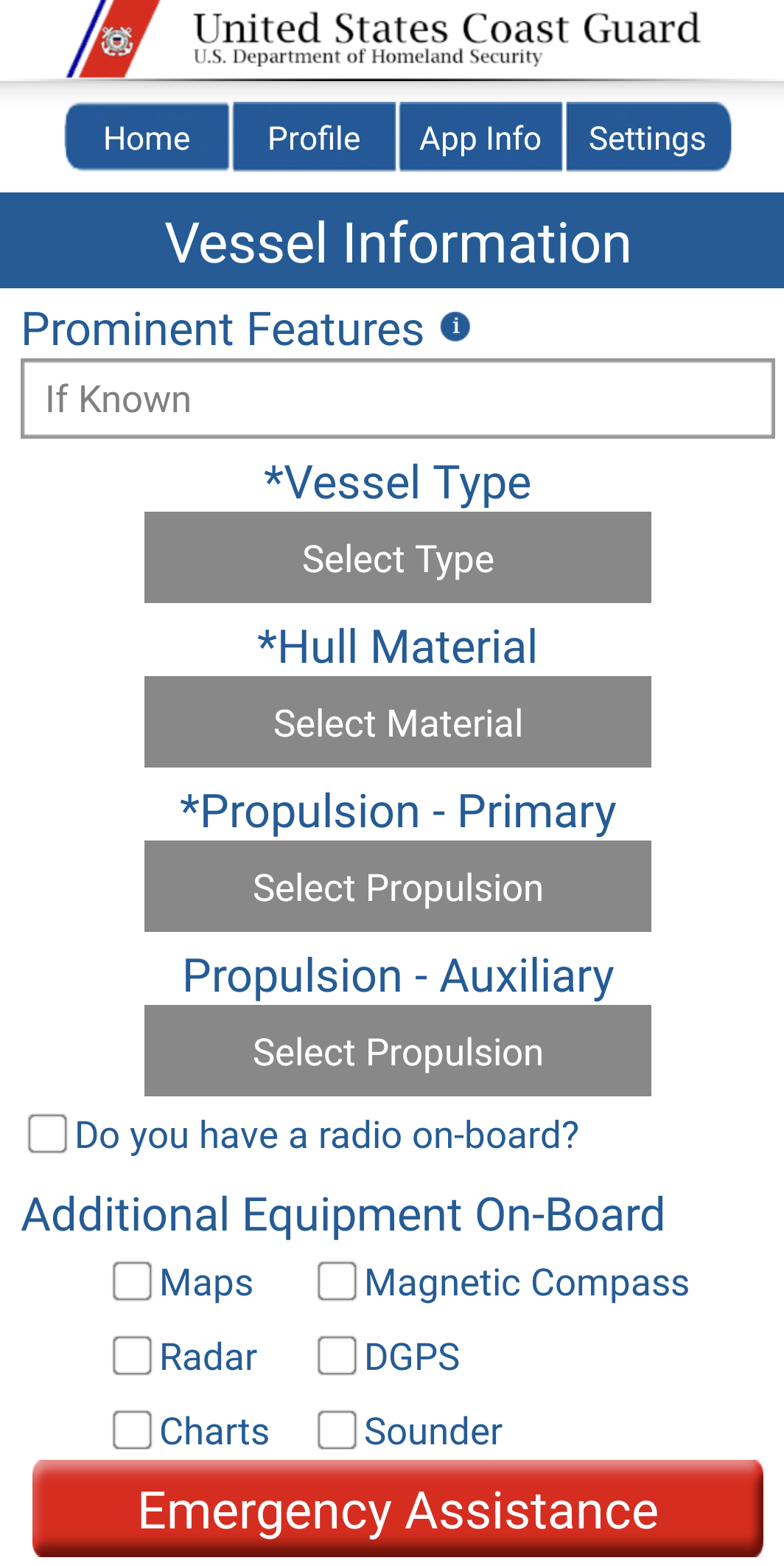
We hope you’ve gained some helpful tips for creating your own float plan. Let us know if you have any other advice. Happy boating!


